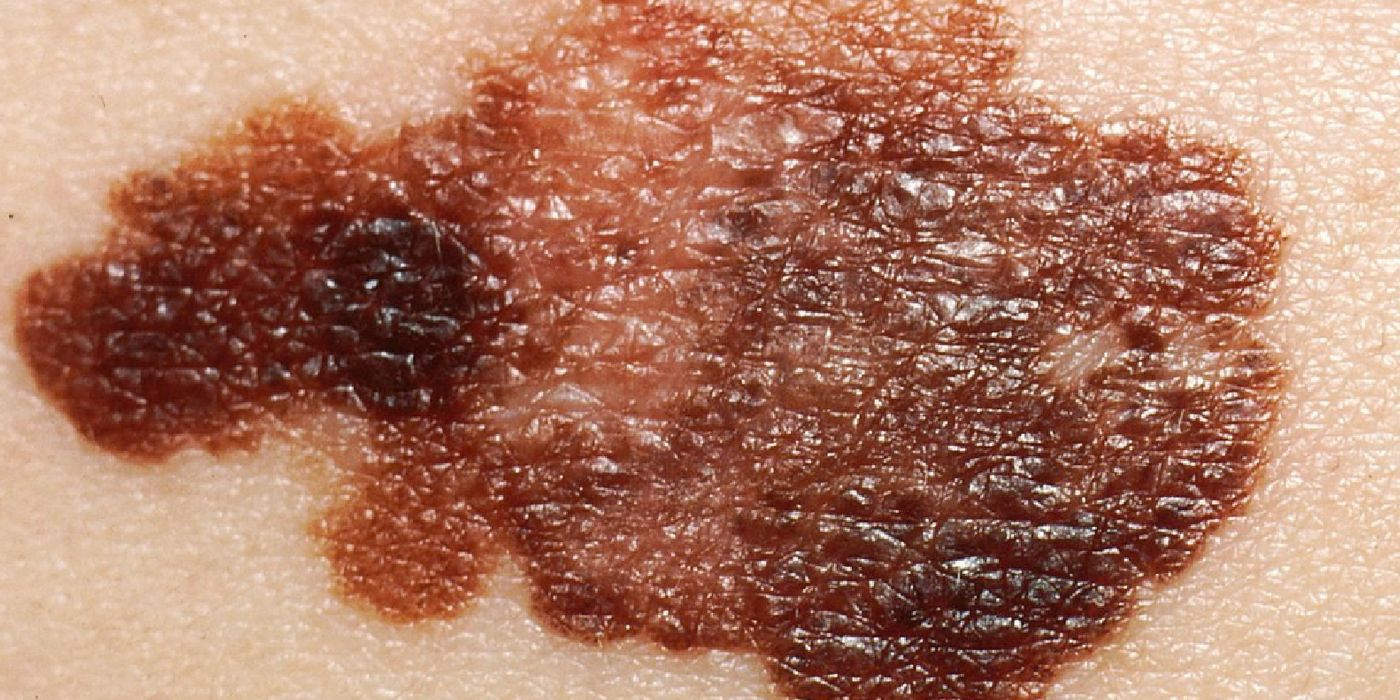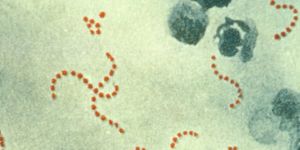Study: Most Melanomas Begin as New Moles
The next time you inspect your body for signs of skin cancer, pay special attention to new moles that were not there the last time you checked. Results from a new study suggests melanoma are more likely to form out of new moles than pre-existing ones.
Melanoma is a deadly form of skin cancer caused by ultraviolet radiation damages to the skin cells. According to the World Health Organization, between 2 and 3 million people worldwide have skin cancer. And of that, about 132,000 people have melanoma. The incidence of skin cancer is only rising, as experts believe the depletion of the ozone layer will result in an additional 300,000 new cases every year.
But does melanoma come first or does the mole come first? Some scientists argue that melanomas grew from existing moles in a small percentage of cases, while others found a larger correlation. The disparities between these studies, according to the authors of the current study, may stem from researchers focusing on different aspects of the cancer. In the new study, the team took a simplified approach. They compared the rate of melanoma that seemed to be associated with moles (nevus-associated melanomas) versus those melanomas that were new (de novo melanomas).
After analyzing over 20,000 melanomas in 38 studies, the team found that nearly 71 percent of melanomas were of the de novo type. That is, an overwhelming majority of melanomas came from new growths. Melanomas that came from a pre-existing mole accounted for about a third of the cases.
"This result provides further evidence that most melanomas do not originate from malignant transformation of nevus cells,” the authors wrote in their study.
One other interesting link pertained to melanoma’s origin. The team found that melanomas that grew from existing moles were more likely to be thinner spots with better prognosis. This finding reiterates the importance of self-exams to catch the more serious melanomas that grow from out of nowhere.
"Because the disease [melanoma] is more likely to appear as a new growth, however, it's important for everyone to familiarize themselves with all the moles on their skin and look for not only changes to those moles, but also any new spots that may appear,” said Dr. Caterina Longo, University of Modena and Reggio Emilia, Italy.
The Melanoma Research Foundation recommends an easy-to-remember guide when self-examining for skin cancer. Just follow the ABCDEs:
- A: Asymmetrical shape -- Typically, non-cancerous moles have smooth, even borders. Melanoma lesions usually have irregular borders that are difficult to define.
- B: Border -- Melanoma lesions usually have irregular, roughened borders that are difficult to define.
- C: Color -- The presence of more than one color (blue, black, brown, tan, etc.) or the uneven distribution of color can sometimes be a warning sign of melanoma. Benign moles are usually a single shade of brown or tan.
- D: Diameter -- Melanoma lesions are often greater than 6 millimeters in diameter (approximately the size of a pencil eraser).
- E: Evolution -- The evolution of your mole(s) has become the most important factor to consider when it comes to diagnosing a melanoma. Knowing what is normal for YOU could save your life. If a mole has gone through recent changes in color and/or size, bring it to the attention of a dermatologist immediately.
Patients who regularly examine their skin for abnormal changes are far more likely to detect melanoma. And when it comes to cancer, the earlier the diagnosis and treatment, the more favorable outcome is likely to be.
In addition to regular self-exams, the American Academy of Dermatology also recommends the liberal use of sun protection. This includes limiting skin exposure to the sun’s rays, particularly between the hours of 10 AM to 2 PM, when the sun’s rays are the strongest. Furthermore, any skin exposed to the sun should always be protected with broad-spectrum sunscreen with an SPF of 30 or higher.
Additional sources: American Academy of Dermatology, MNT









